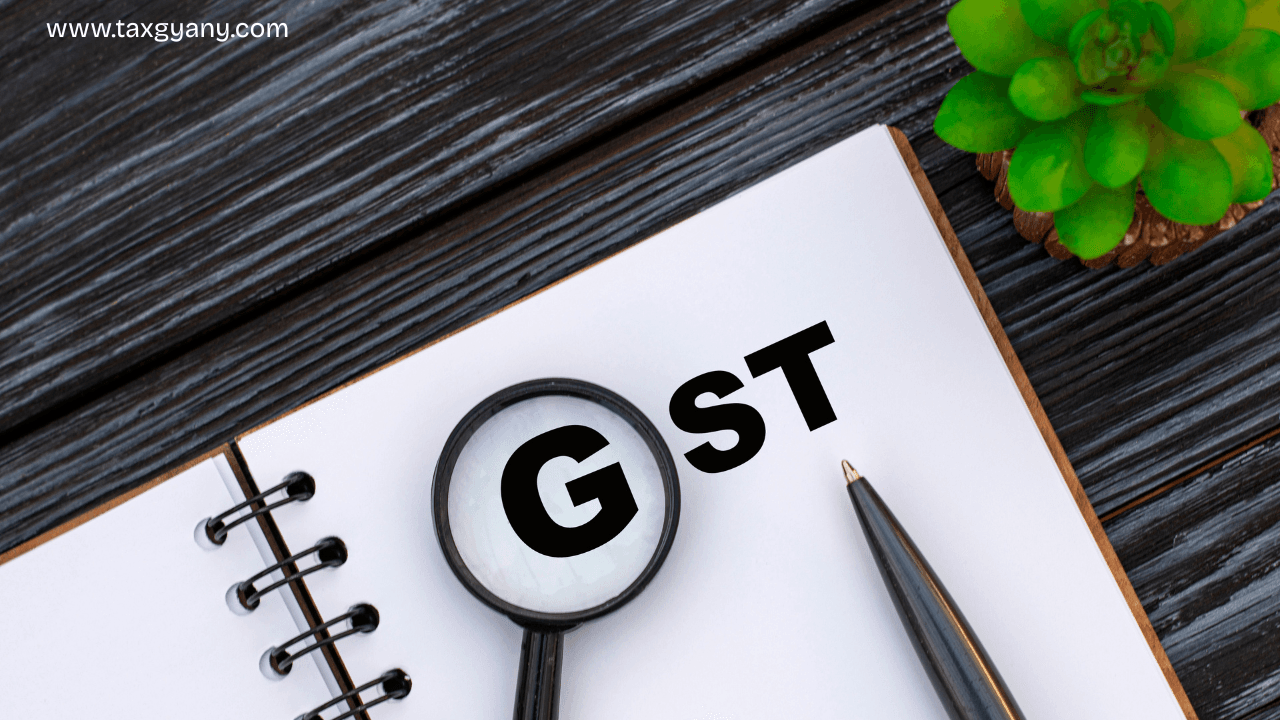Complete Guide to GST TDS and TCS: Understanding Section 51 and 52 with Forms
Introduction: Meet Ramesh, the Government Contractor
Ramesh, a government contractor from Nagpur, had recently received a huge payment from a PSU. But to his surprise, the payment was slightly less than expected. On inquiry, he found out that TDS had been deducted under GST rules. Not only that, he was advised to download the TDS certificate from GSTR-7A and reconcile it in his books. Confused and overwhelmed, Ramesh turned to the internet for answers. If you too are unsure about GST TDS and TCS, this blog will make things clear in simple English.
What is GST TDS? (Section 51)
TDS under GST stands for “Tax Deducted at Source”. It is applicable when a certain category of people or institutions make payments to suppliers.
Who needs to deduct TDS under GST?
- Central Government departments
- State Government departments
- Local authorities
- Public Sector Undertakings (PSUs)
- Any other notified entities
When is TDS applicable?
- When the total value of a single contract exceeds Rs. 2.5 lakh (excluding GST)
Rate of TDS:
- 2% of taxable value
- 1% CGST + 1% SGST (for intra-state)
- 2% IGST (for inter-state)
Which Form is used?
- GSTR-7: Monthly TDS return
- GSTR-7A: TDS Certificate (issued to supplier)
Due date to deposit TDS:
- 10th of the next month after deduction
Important Note:
- Even if the government department or PSU is not registered under normal GST, they still need to take separate registration for TDS purposes.
What is GST TCS? (Section 52)
TCS under GST stands for “Tax Collected at Source”. It applies to e-commerce platforms who collect payments on behalf of sellers.
Who needs to collect TCS under GST?
- E-commerce operators like Amazon, Flipkart, Meesho, etc.
When is TCS applicable?
- When the e-commerce operator collects consideration for the supplies made by other vendors using their platform.
Rate of TCS:
- 0.5% of net taxable value
- 0.25% CGST + 0.25% SGST
- 0.5% IGST (inter-state transactions)
Which Form is used?
- GSTR-8: Monthly return for TCS
Due date to deposit TCS:
- 10th of the next month
Important Note:
- E-commerce operators must also obtain a separate registration for TCS, even if they already have a GST registration.
Consequences of Non-Compliance
If TDS or TCS is not deducted, collected, or filed properly:
- Penalty and interest will be charged
- Supplier may not get proper Input Tax Credit (ITC)
- TDS certificate (GSTR-7A) not being available can delay supplier claims
- Business reputation can be affected
Step-by-Step Guide for Filing GSTR-7 and GSTR-8
- Login to GST Portal (www.gst.gov.in)
- Navigate to Returns Dashboard
- Select the appropriate month and year
- Click on GSTR-7 (for TDS) or GSTR-8 (for TCS)
- Fill in the required invoice details
- Preview and submit the return
- Make payment (if applicable)
- File with DSC or EVC
Conclusion: Stay Compliant, Stay Stress-Free
Just like Ramesh, many taxpayers are confused by the GST TDS and TCS provisions. But once you understand the basics of Section 51 and 52, compliance becomes easy. Timely filing of GSTR-7 and GSTR-8, along with proper registration, helps businesses avoid penalties and maintain smooth ITC flow for suppliers.
Moral of the Story:
“Don’t wait for confusion to become a problem. Understand your GST responsibilities today, and avoid trouble tomorrow.”
For professional support in GST filings, visit www.taxgyany.com or call 730 430 7888.
#GSTTDS #GSTTCS #GSTR7 #GSTR8 #Section51 #Section52 #GSTUpdate #Taxgyany

